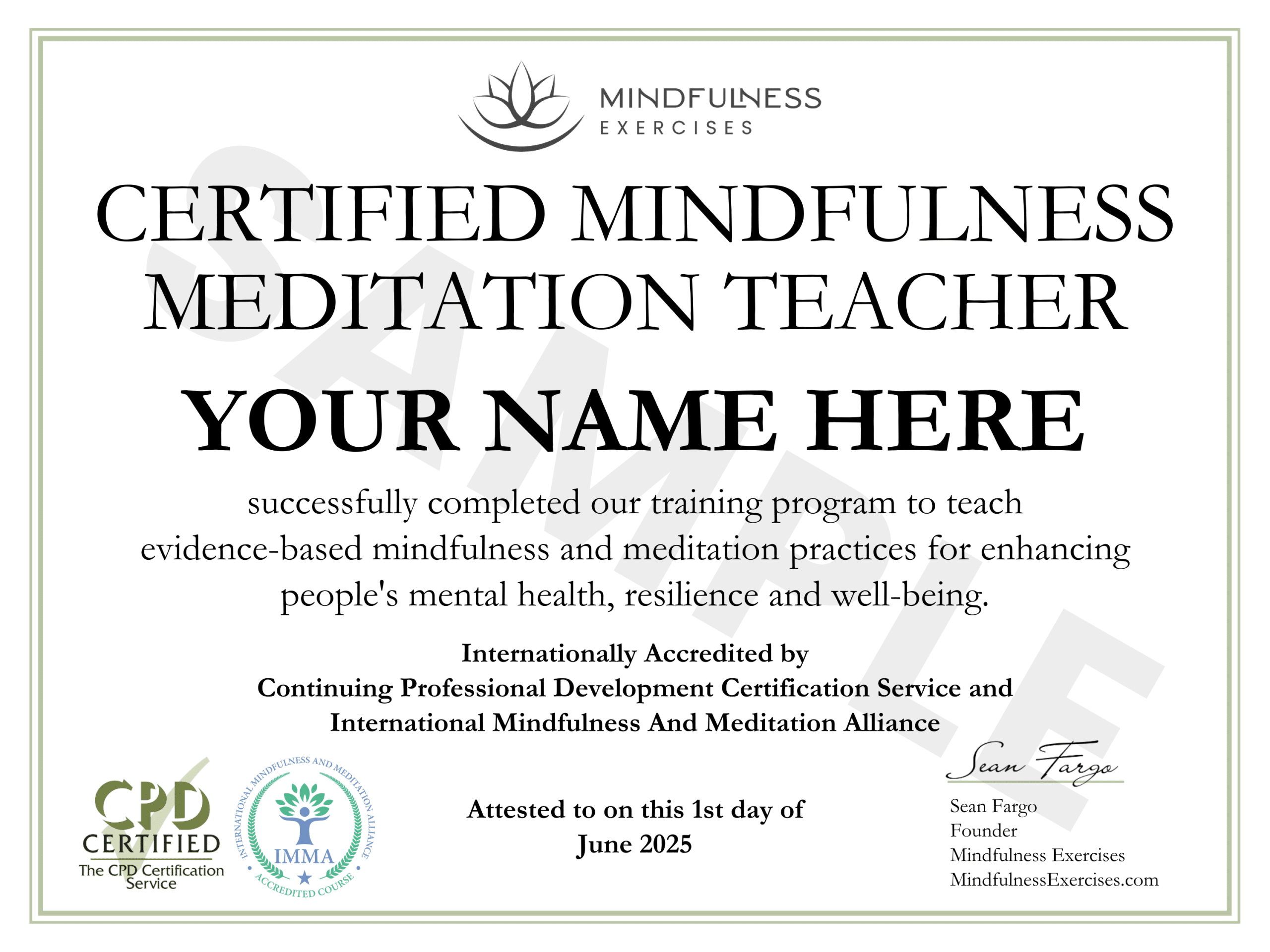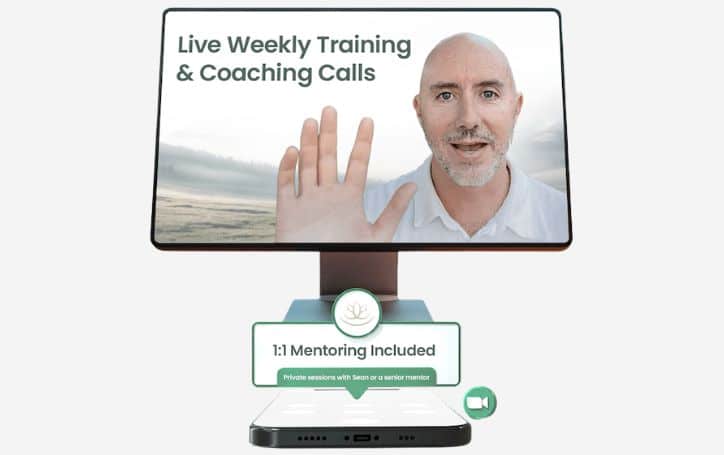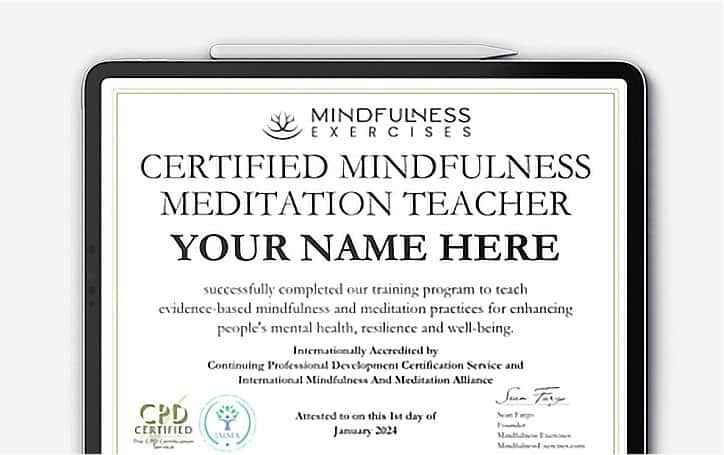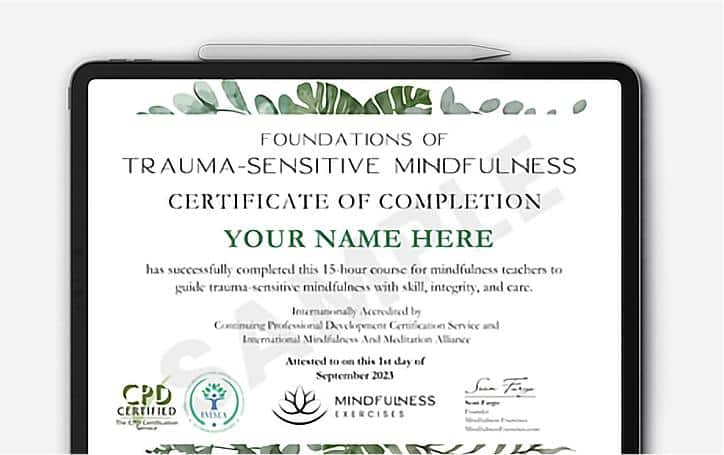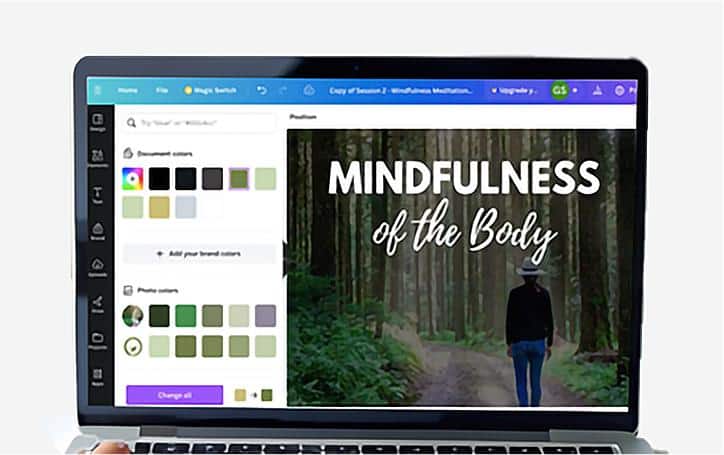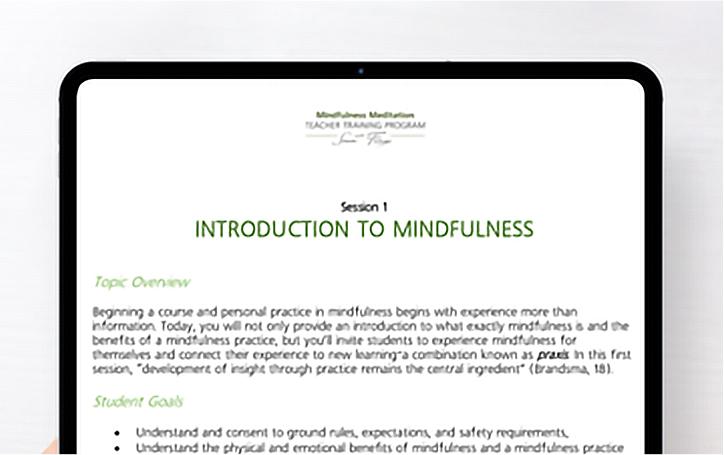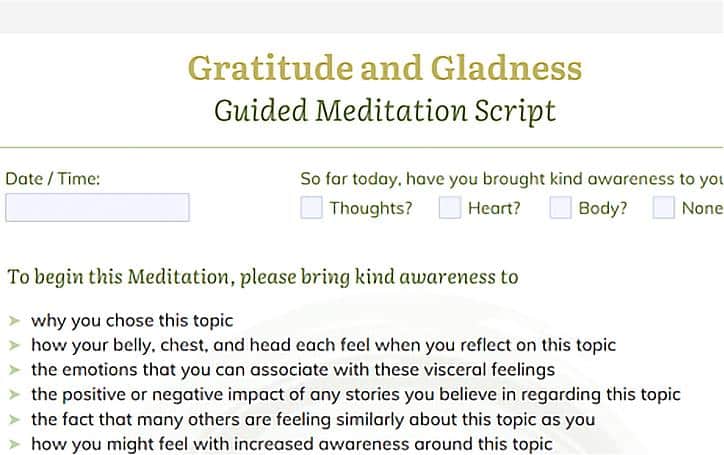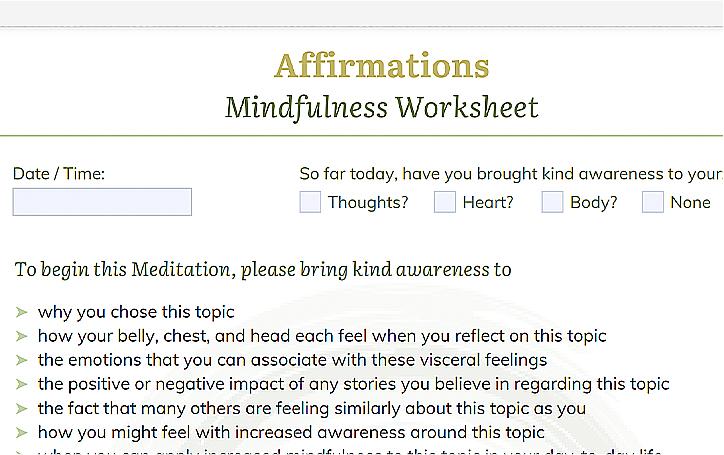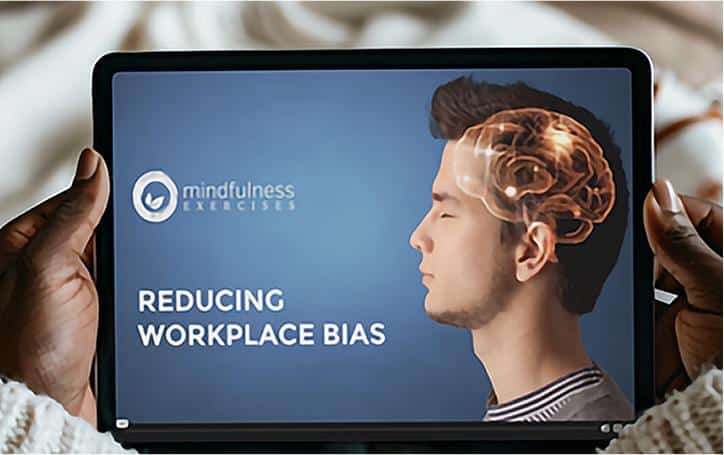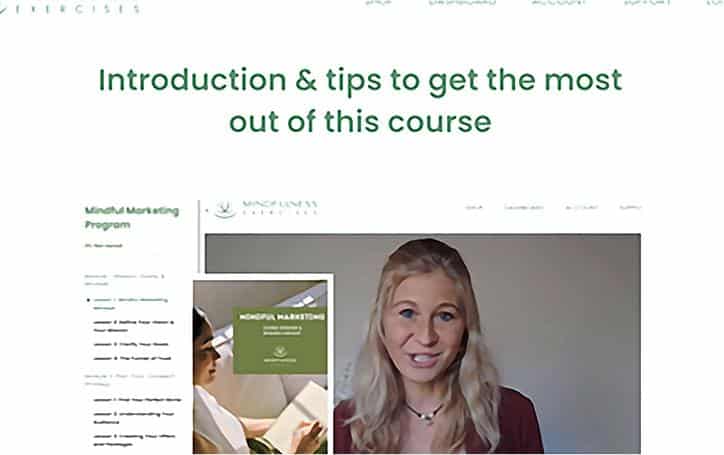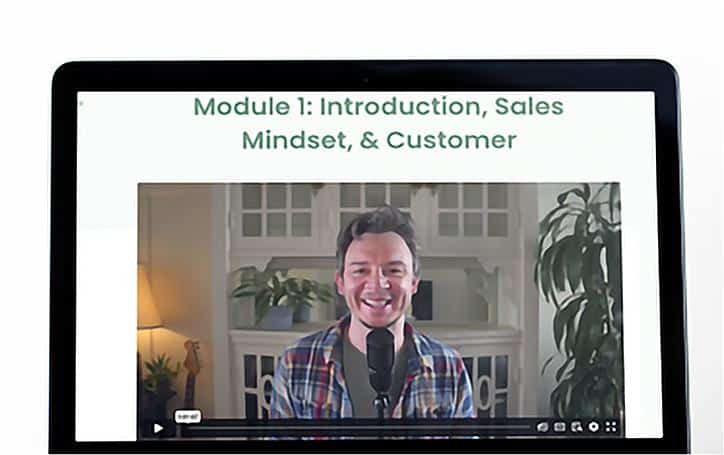Mindfulness Exercises That
Meet You Where You Are
Evidence-based certifications, curriculum & scripts to help you guide mindfulness and meditation with integrity — trusted by 650,000+ professionals since 2015.
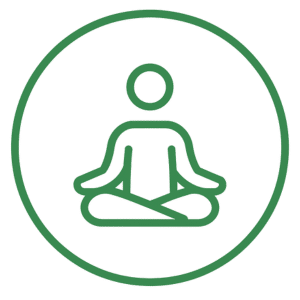
Led by Sean Fargo - Former Buddhist monk + mindfulness teacher for Google, counseling centers, several Olympic teams & the United States E.P.A.

International Accreditation - Respected & recognized worldwide since 2015

Evidence-Based & Trauma-Informed - Scientifically grounded + emotionally intelligent training

Endorsed by Global Leaders - Including Gabor Maté, Jack Kornfield & Byron Katie

Done-for-You Tools & Personalized Mentorship - Step-by-step curriculum + guidance to grow your impact
AS FEATURED IN


A Shared Journey Toward Presence
At Mindfulness Exercises, we believe that mindfulness isn’t just a personal practice — it’s a collective path forward.
In a world that feels increasingly fast, uncertain, and overwhelming, we all need reminders to pause… to breathe… to come home to ourselves and each other.
Whether you’re here to deepen your own practice or to support others in doing the same, you’re not alone. This is a space for anyone and everyone — because mindfulness belongs to all of us.
Drawing from years of practice as a Buddhist monk and over two decades supporting people across healthcare, education, coaching, and corporate spaces, I created Mindfulness Exercises to make mindfulness accessible, practical, and rooted in integrity.
Together, we’re building a more mindful world — one breath, one moment, one compassionate action at a time.
Let’s walk this path together.
— Sean Fargo
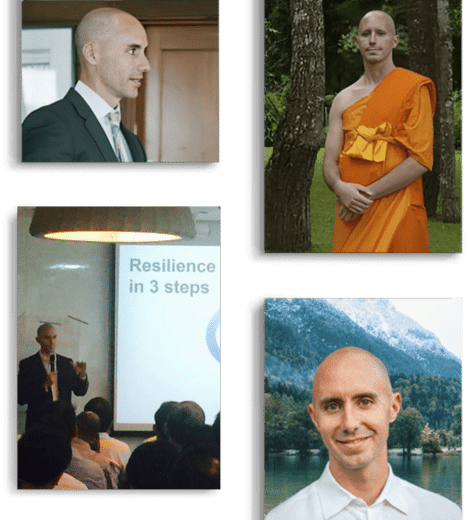


Endorsements
"Sean is a wonderful teacher, well practiced in the teachings of mindfulness and compassion, dedicated and thoughtful."
— Jack Kornfield
Renowned Mindfulness Teacher
"Having collaborated with Sean Fargo, I can attest that he is a visionary who brings scope, insight and compassion to his teaching and support of others on the path of meditation. Along with many, I, too, have personally witnessed his unstinting kindness."
— Gabor Maté
M.D., Author, The Myth of Normal: Trauma, Illness and Healing in a Toxic Culture
"It is a privilege to contribute to Sean Fargo's mindfulness teacher certification program. The warm and inviting atmosphere of the classes nourishes and reflects everything that is taught. This is mindfulness training in the truest sense."
— Christopher Germer
Founder of the Mindful Self-Compassion Program
"Sean is the absolute gold standard for mindfulness training and coaching. He has tremendous depth and breadth. He is also very kind, with bone-deep integrity, excellent communication and teaching skills, inclusive open-minded awareness, and a sweetly supportive manner. He really is the best, and I recommend him wholeheartedly.”
— Dr. Rick Hanson
New York Times Bestselling Author of Resilience And Hardwiring Happiness
"I am always grateful to work with Sean Fargo. I find him an unusual combination of great emotional intelligence and the diligence and perseverance to get any job done. His caring and kindness are exemplary, as is his clarity and awareness."
— Sharon Salzberg
World-Renowned Mindfulness Meditation Teacher
"Sean is the most thoughtful, courageous and inclusive teacher I have had in a long time. If you want to start your mindfulness teaching journey in a simple, practical and meaningful way, I recommend speaking with Sean and you will be amazed at the impact he will have on you. His passion to contribute to others learning and development is contagious."
— Hasan Rafiq
Chief Operating Officer Of Diversity At Facebook
What We’re Committed To:
Accessibility
Unlike many businesses that require upfront costs, we offer a wealth of free resources to make mindfulness accessible to all.
Compassion
Our trainings empower professionals not just to teach but to live and embody mindfulness while fostering authentic connection.
Practical Application
Where others provide theory, we focus on actionable tools that integrate seamlessly into professional practices.
Customization
Mindfulness exercises are designed to be adaptable to different industries and client needs, ensuring relevance and effectiveness.
Credibility
While some programs provide credentials, our internationally accredited programs focus on real-world application & impact.
Impact
We believe mindfulness is about living with gentle awareness our moment-to-moment experience, supporting how we show up for ourselves, each other, and our world.
Our Hub of Mindfulness Exercises
Deepen your practice and expand your reach.
Mindfulness Training and Certification Programs
Accredited with Globally Recognized Standards
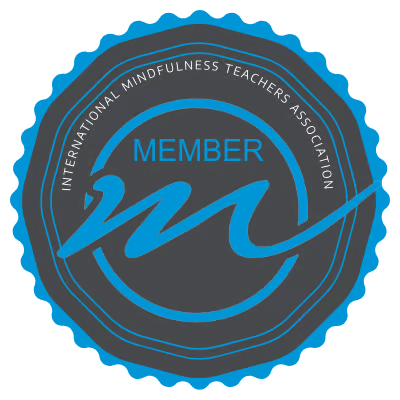
IMTA
Setting the gold standard for mindfulness educators worldwide, fostering a global community of teachers with integrity, depth, and rigor.
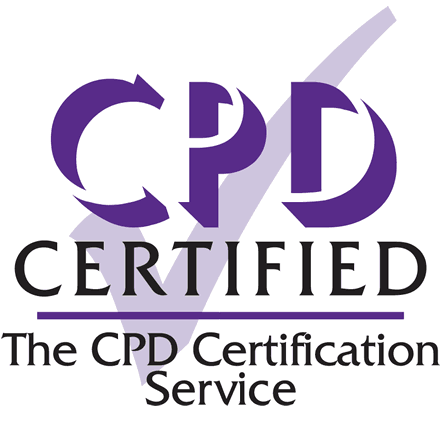
CPD Certification
Our training meets the highest benchmarks for Continuing Professional Development, ensuring quality and credibility.
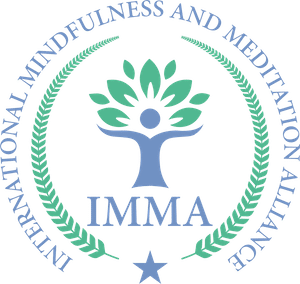
IMMA
A global network by and for meditation, mindfulness, and nature connection guides, supporting your growth and impact in the industry.
Mindfulness Exercises Podcast, with Sean Fargo
Mindfulness Exercises' Friends
Therapists
Overwhelmed by clients’ stress and trauma? Our trainings help you guide clients to emotional stability and resilience through mindfulness.
Coaches
Struggling to help clients achieve clarity and focus? Use our evidence-based exercises to empower your clients to reach their goals with mindfulness.
Educators
Dealing with student anxiety and classroom distractions? Integrate mindfulness practices to create a calm, focused learning environment.
Yoga Teachers
Want to go beyond physical postures? Deepen your offerings with meditation practices that connect the mind and body.
Wellness Professionals
Seeking to expand your healing toolkit? Learn practical mindfulness methods to complement your holistic practices and foster deeper client connections.
How Mindfulness Exercises Stands Out
Evidence-Based Practices
Blending ancient wisdom with modern neuroscience, our tools are practical and transformative.
A Supportive Community
Join a thriving global network of mindfulness professionals.
Collaborate, grow, and learn together.
Used by 20M+ People
With a global footprint and measurable success, we’ve helped
thousands transform their mindfulness practice.
Build Your Confidence
Say goodbye to imposter syndrome with our step-by-step
guidance and tools to teach mindfulness with credibility.
Fully Accredited
Gain credentials that matter. Our premium trainings are
internationally recognized, setting you apart in your field.
Designed for Practical Use
Tailored for therapists, coaches, educators, yoga teachers, and
wellness professionals seeking practical, evidence-based tools.
2,000+ Resources
Access an extensive library of meditations, exercises, and lesson
plans designed to fit your unique professional needs.
Free + Premium Resources
The only platform offering thousands of free mindfulness tools
alongside professional-level, accredited trainings.
Loved by Thousands of Happy Customers
Laurie Giannola
Psychotherapist at Kaiser Permanente (one of the largest health care systems in the country)
Lisa Caldwell
Mindfulness Life Coach
Sunnye Goldston
Mindfulness Teacher & Podcast Host
John Macaskill
Former Navy Seal & Mindfulness Coach
Sabrina McLean
Mindfulness Coach
Andrea Kern
Yoga Instructor & Mindfulness Teacher
Megan Moyer
Life Coach
Pamela Pollack
Mindfulness Coach
Pari Deshmukh
M.D. & Psychiatrist
Explore Our Blog
Mindfulness has long been taught in community, health and educational centers, monasteries, yoga studios, at an instructor’s personal home or on retreat. These days, there’s ...
Recording your own guided meditation is a powerful way to share mindfulness with others — and it’s easier than you might think. Whether you’re looking ...
Mindfulness offers us the opportunity to choose what we pay attention to. In our busy lives, we often operate in default mode, paying attention to ...
Throat chakra affirmations are an effective means of transforming the movement of energy in and around the throat chakra. When energy, or prana, moves freely ...

